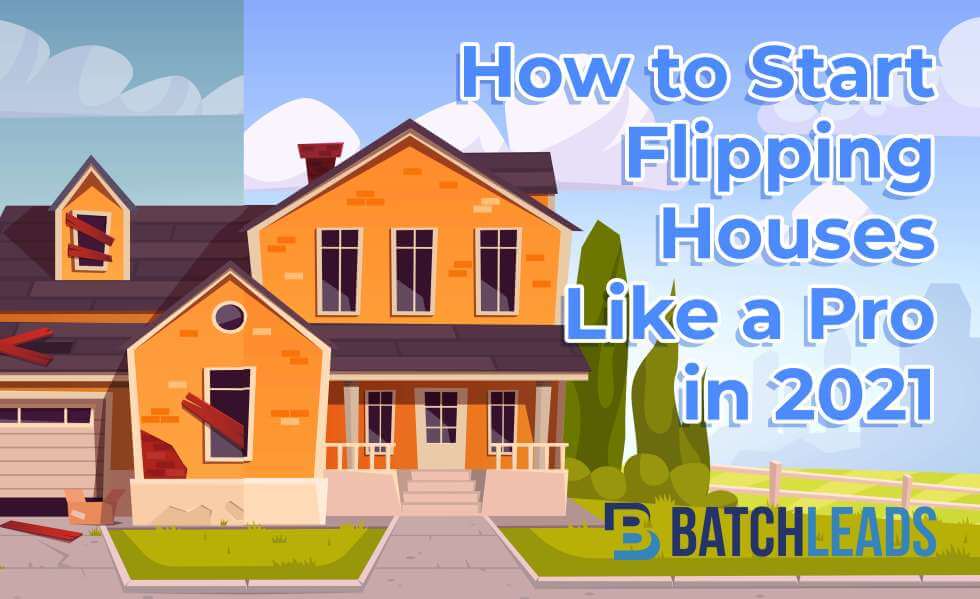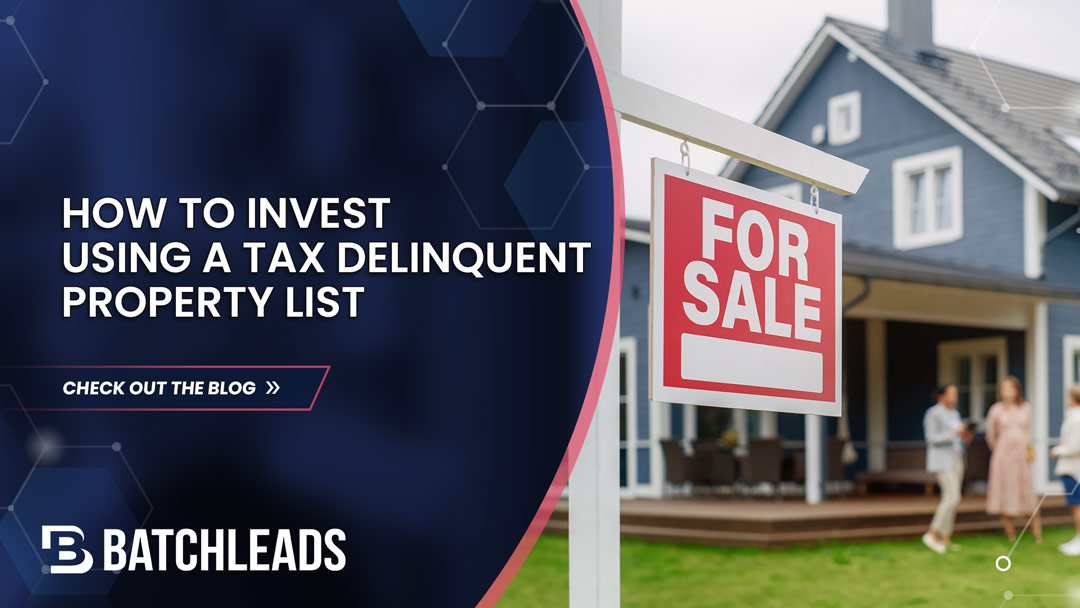Let’s face it: we have all seen people flipping houses in either tv shows or movies, have got fascinated with the idea of flipping, and thought if he can’t do it, then why can’t I?
Well, of course, you can do it, but not in the way the tv guy did it.
The reason being that tv shows are just the tip of the iceberg. This means it shows just the tiny perceptible part of the process while the bigger part remains hidden.
So, if you want to have a career in flipping houses, you need to do more than watching tv shows, for example, reading this guide to start.
In this article, we’ll be discussing-
- What is flipping?
- Is flipping a good investment idea?
- How to flip a house in 5 easy steps?
Let’s start!
What is Flipping?
In simple words, flipping is the process of buying distressed properties, making some renovations, and then selling them for a larger profit. A property is considered a flip only if it is intended to be sold immediately after being purchased. The idea here is to buy a worn-out property at a low price and then sell it for a higher price.
While flipping houses can be quite a profitable business, it comes with its own challenges. For example, there can be a lot of hidden costs that you might not know about. Such costs include property taxes, insurances, utilities, and closing costs.
Now that you know what flipping houses are, it’s time to move forward with. Is it a worthy idea?
Is Flipping a Good Investment Idea?
Here’s a fact: Flipping houses can either be a dream or a disaster. It depends upon how carefully you do it.
If you do it in the right way, it can be a great investment idea. In a short period of time, you can do some renovations in the house, repair a little and sell it for a much higher price.
However, if you make any mistakes, things can take a negative turn. You may lose thousands of dollars at once. So before your dive in, make sure you’re prepared to start a flipping business and have adequate knowledge of flipping.
The biggest reason why people hesitate to start a flipping business is that they don’t know how to do it and fear losing money. However, certain steps can help you increase your chances of thriving. Also, don’t expect to become a flipping pro just after doing your first flip. It takes some time to completely understand the process and consider yourself as a pro.
How to Do Your First Flip: A Step- By Step Guide
Step 1: Get a Plan
Real estate investors are business people, and so to start an investment business, you need a plan.
The business plan doesn’t need to be fancy, full of business jargon, but just a simple one mapping out the budget, the timeline, and project scope.
Here are a few questions that your plan should answer-
- How much money do you plan to invest?
- How much do you want to hold in reserve?
- Do you have enough money to put into the renovations until you’re reimbursed by your lender?
- What kind of scope are you comfortable with?
It is recommended that you start with the basic renovations at the initial period, like kitchen and bathroom renovations, floor changing, and new wall paint. This idea is especially important for people who are tight on budget.
Also, here are the sections that your flipping business plan should include:
- Executive Summary
- Market Analysis
- Financing Strategy
- Flipping Strategy
- Team (if you have one)
- Exit Strategy
Step 2: Grow Your Network
Starting a flipping business can be a challenging job; you’ll need plenty of resources for making each flip. Identify every resource you have to take advantage of all your strengths.
The best way to start is by talking to people who have experience in real estate, specifically in the area you want to start dealing with. Networking with real estate professionals will help you gain knowledge about the industry and the current market and help you get more deals.
Start with reaching out to professionals and attend meetups where you can find several real estate investors.
Step 3: Find a House to Flip
Here comes an important part in the process of flipping houses: finding a house to flip. A good property means a property that you buy below the market value, make some changes and sell for a much higher price. Also, make sure to buy a house with sufficient enough margins to cover all the expenses you’ll need to put in the house.
To do this, you can either start driving on your own or get connected with established real estate agents, particularly those having experience in wholesaling and flipping houses, or contact a realtor to find on-market deals. You can also start a direct mail marketing campaign.
Driving for dollars is another great way to find distressed properties. All you need to do is, pick a location, drive around and look for properties that fit your criteria. Here’s a complete guide on how to drive for dollars.
Finding the right house as a flipper is a challenge in itself and requires a lot of patience. For example, if you use direct mail marketing for finding deals, you might need to send more than 500 letters, scrutinize around 50 properties, and make offers to at least 20 of them, and then you may get one good deal.
Step 4: Buy the House
You’ve got a contract accepted, now what?
Now it’s time to buy the house. The process of buying a house to flip would be the same as it is for any other property. However, here you’ll need to focus more on the home inspection. After all, you have to be aware of all the expenses that you may need to make on the property while renovating it. If the costs are more than you expected, you’ll also need to ensure that you have the option to move away from the deal and start finding the next one.
Step 5: Do the Renovations
The next step is to make the necessary repairs and renovations. This is the area where you need to make sure that you stick to the budget and the timeline. For example, you can get tempted to build a lavish bedroom or a spa-like bathroom during the renovations. And this can result in heavy expenses.
So instead of going for unnecessary expenses, try to stick to your budget even if it means simply working on what’s necessary. Also, make sure to set a timeline and try to get all the things done under it.
Step 6: Sell it!
When you’re done with all the repairs and renovations, it’s time to tell your agent to put the house back on the market. And in this case, selling is all about meeting your bottom line. In an ideal deal, you need to make sure that you’re making a deal that covers up the total amount you spent on buying, carrying, and repairing the property.
Once the house gets back on the market, your goal should be to profit from the deal. So be sure to entertain any offers that come your way and help you get the profit you expect.
To Conclude-
You probably have the idea of how profitable flipping houses can be, but you also need to know that flipping isn’t the only business in the real estate industry. There are several more options like wholesaling, rental properties, etc. So make sure you do your due diligence before plugging in. And if you want to start a flipping business, try to do it under the supervision of an expert at first and then go solo. However, no matter how you start, this guide is going to help you in any case.






